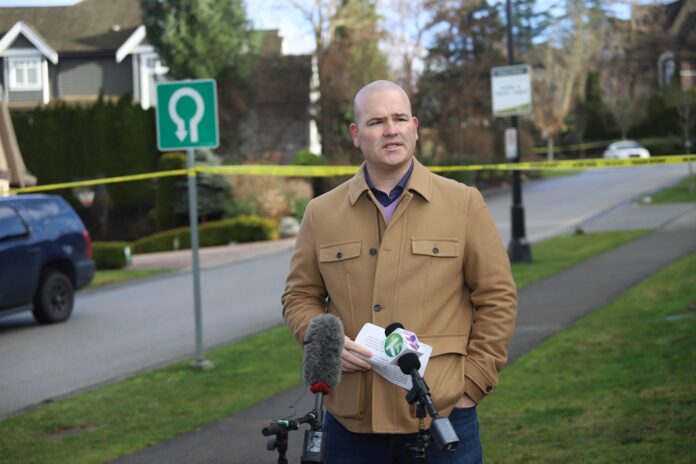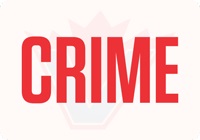BACK in February, as the retaliatory killings rocked the Lower Mainland, The VOICE had pointed out that this was something that had occurred in the past as well when high profile gangsters were killed.
Gary Kang, 24, was fatally shot at his family’s residence in Surrey on January 8.
Vancouver Police said in 2018 that the Kang group is “composed of members of the Kang family … and other close associates … The Kang Group is closely aligned with the Red Scorpions Gang, specifically with Jamie Bacon and Kyle Latimer. It’s believed they share common interests in drug lines, and that they commit violence at the behest of or for one another.”

The gang landscape basically remains the same as it was in 2019 when The VOICE published an article titled: “Three columns of the Lower Mainland gang landscape: Wolf Pack + Brothers Keepers + Duhre-United Nations.”
Top gang expert Staff-Sgt. Lindsey Houghton of the Combined Forces Special Enforcement Unit – BC (CFSEU-BC) told this newspaper that there are still three columns. You have the United Nations column, and the Wolf Pack column that is comprised of the Red Scorpions, Independent Soldiers and some Hells Angels.
Houghton said: “Under those two columns you’ve got lots of different people and groups – and then in the middle, starting in about 2017, inserted into the middle of all this was the Brothers Keepers and their groups.”
The Lower Mainland Gang Conflict as it’s come to be known, sort of evolved from the Townline Hill conflict out in Abbotsford. A number of different localized conflicts merged with that to become a bigger regional conflict.
Houghton said: “So that hasn’t changed – that still continues. What we’ve seen in the last couple of years is an increase in internal fractures and connected to that is side-switching.”
He also pointed out: “Some of the faces and names have changed because people go to jail, they die or they leave, whatever that is. But when it comes to the main “columns”, the side-switching, the setting each other up, trying to rip each other off – those kind of things – that’s all the same. … There’s nothing really new.”
Houghton said that things still connect back in some ways to the mid-to-late 2000s and Gurmit Dhak’s murder in 2010 and Jonathan Bacon’s murder in 2011. “Some of those people and groups are still around and those conflicts kind of get passed down like batons to some of the newer people,” he added.
He also noted: “It’s not really new, but one thing that we’ve mentioned and I know others have mentioned a few times is like people from outside of BC being brought in to carry out violence.”
Twenty-year-old Calvin Powery-Hooker and 21-year-old Nathan De Jong of Alberta were charged with murdering Suminder ‘Ali’ Grewal of the Hells Angels in Surrey in 2019, for example.
Houghton mentioned the joint investigation that the CFSEU-BC did a few years ago with Edmonton Police on “the people that were coming here and then going there.”
He also noted that in 2008-2009 the Jamie Bacon-Red Scorpions group was fighting against Barzan Tilli-Choli of the United Nations Group. “And it was kind of those two heavyweights going back and forth,” Houghton added.
But he pointed out: “We really don’t have that right now where it’s like two major heavyweights. It’s a lot of little groups coming and going and switching sides and running around. It’s probably more chaotic, maybe, and unpredictable than it was back then in some ways.”
Houghton noted that when someone with a higher profile like a Kang gets murdered, there’s going to be retaliation and increase in violence “because not only have we seen it before but we’ve said it many, many times when we look back at the murder of Gurmit Dhak, [and] the murder of Jonathan Bacon, there were dozens of retaliatory incidents connected to those over several years and including today.”
(This information was first published last February in The VOICE)













